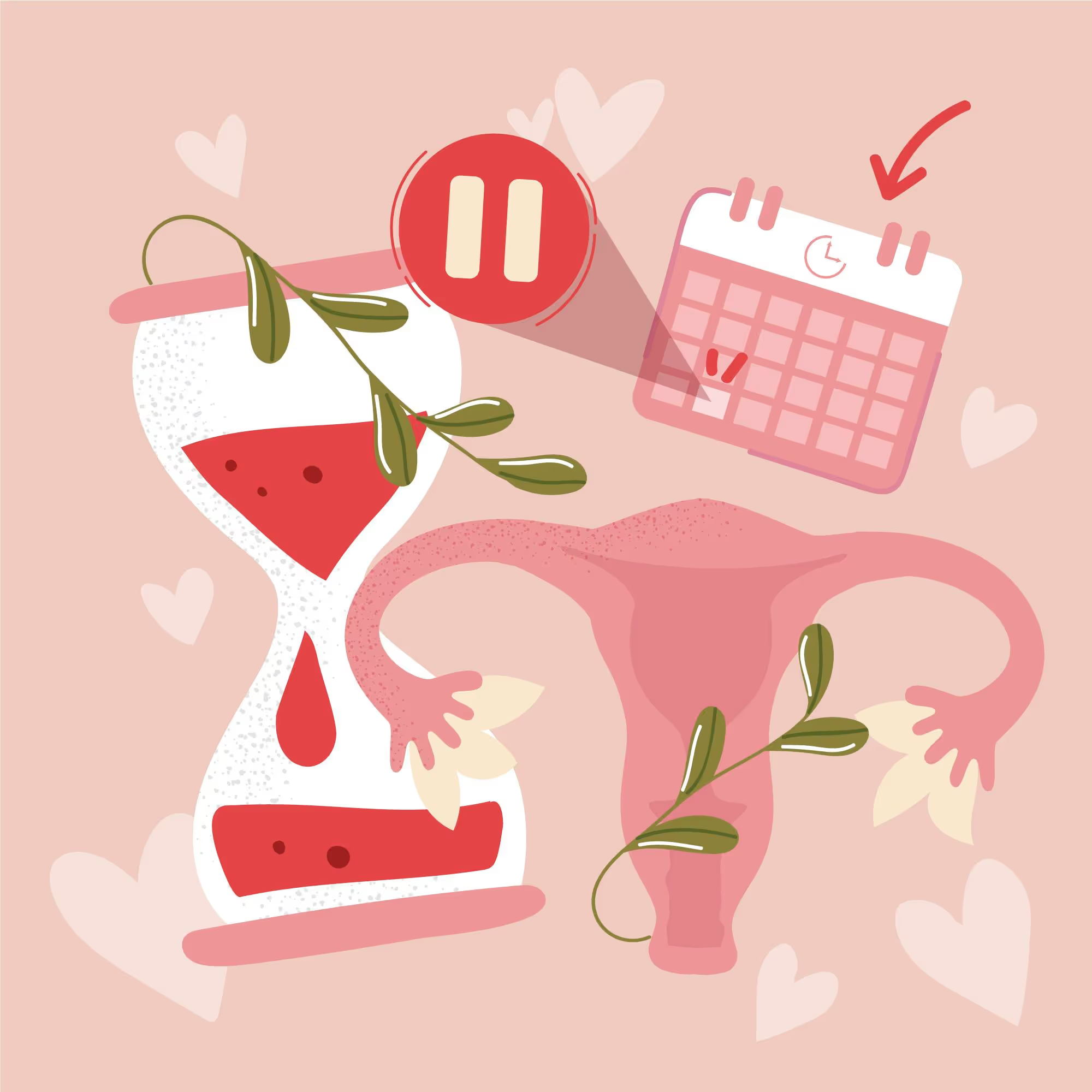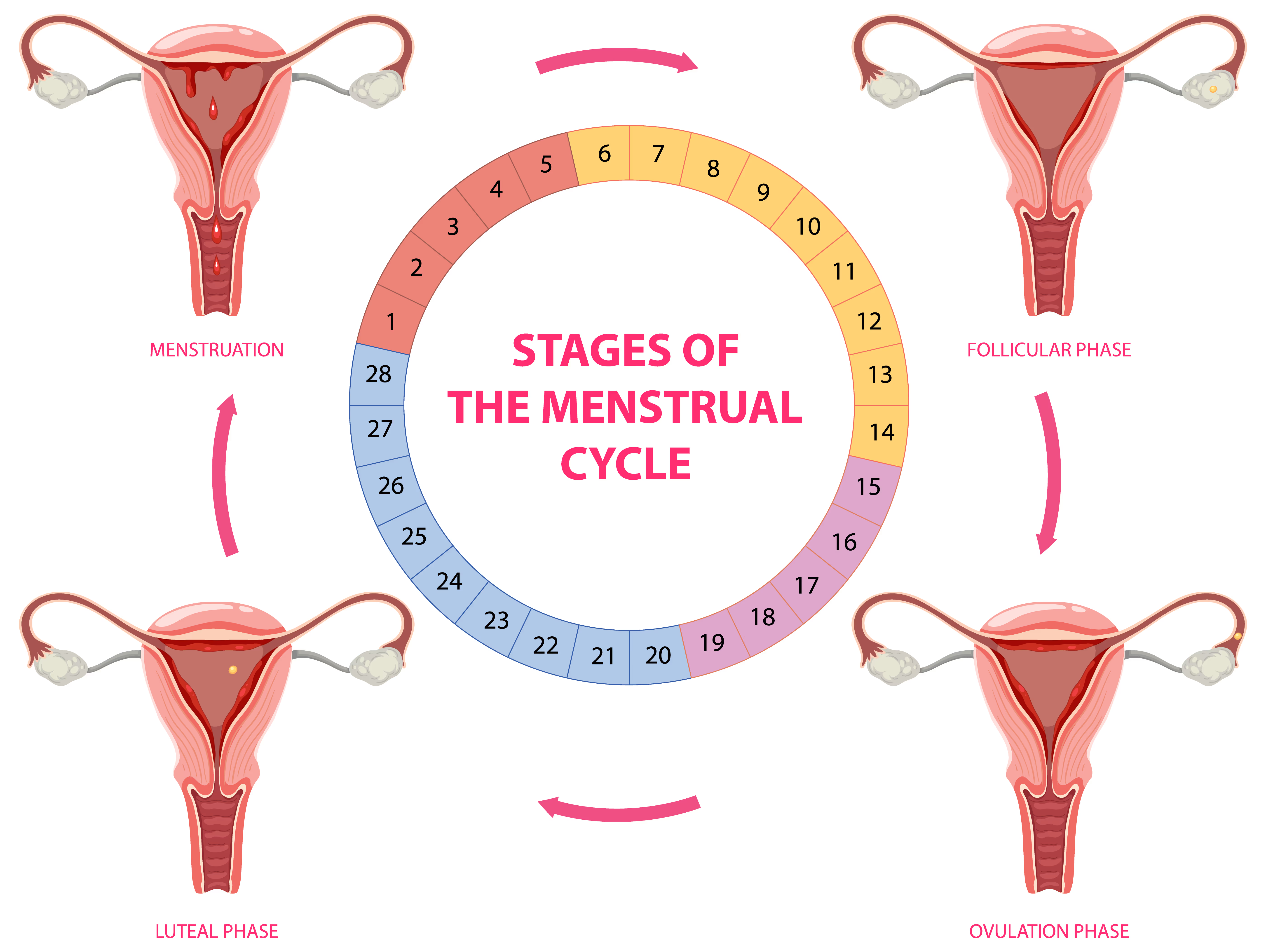
Understanding the menstrual cycle is essential for anyone looking to connect more deeply with their body and reproductive health. The cycle is orchestrated by a complex interplay of hormones that regulate various physiological changes. Let's explore the four main phases of the menstrual cycle and the hormonal dynamics involved.
This phase marks the beginning of the cycle, characterized by the shedding of the uterine lining, resulting in menstrual bleeding. Hormone levels of estrogen and progesterone are low, leading to the breakdown of the endometrial lining. Health
Overlapping with the menstrual phase, the follicular phase involves the stimulation of ovarian follicles by follicle-stimulating hormone (FSH). One dominant follicle matures, and estrogen levels rise, leading to the thickening of the uterine lining in preparation for potential pregnancy.
A surge in luteinizing hormone (LH) triggers the release of the mature egg from the ovary. Estrogen levels peak just before this surge, and progesterone begins to rise. The egg travels through the fallopian tube, where fertilization may occur.
After ovulation, the ruptured follicle transforms into the corpus luteum, which secretes progesterone and some estrogen. These hormones maintain the thickened uterine lining. If fertilization doesn't occur, the corpus luteum degenerates, leading to a drop in hormone levels and the onset of menstruation. Verywell
Throughout the cycle, hormonal fluctuations influence various bodily functions:
These hormonal changes can also impact mood, energy levels, and physical sensations, highlighting the importance of understanding one's cycle for overall well-being.
By becoming attuned to the phases of the menstrual cycle and the associated hormonal shifts, individuals can better understand their bodies and make informed decisions about health, fertility, and lifestyle. Tracking the cycle can aid in identifying patterns, managing symptoms, and enhancing communication with healthcare providers.
For a more in-depth exploration of the hormonal dynamics throughout the menstrual cycle, you can refer to resources like the Beautiful Cervix Project.
